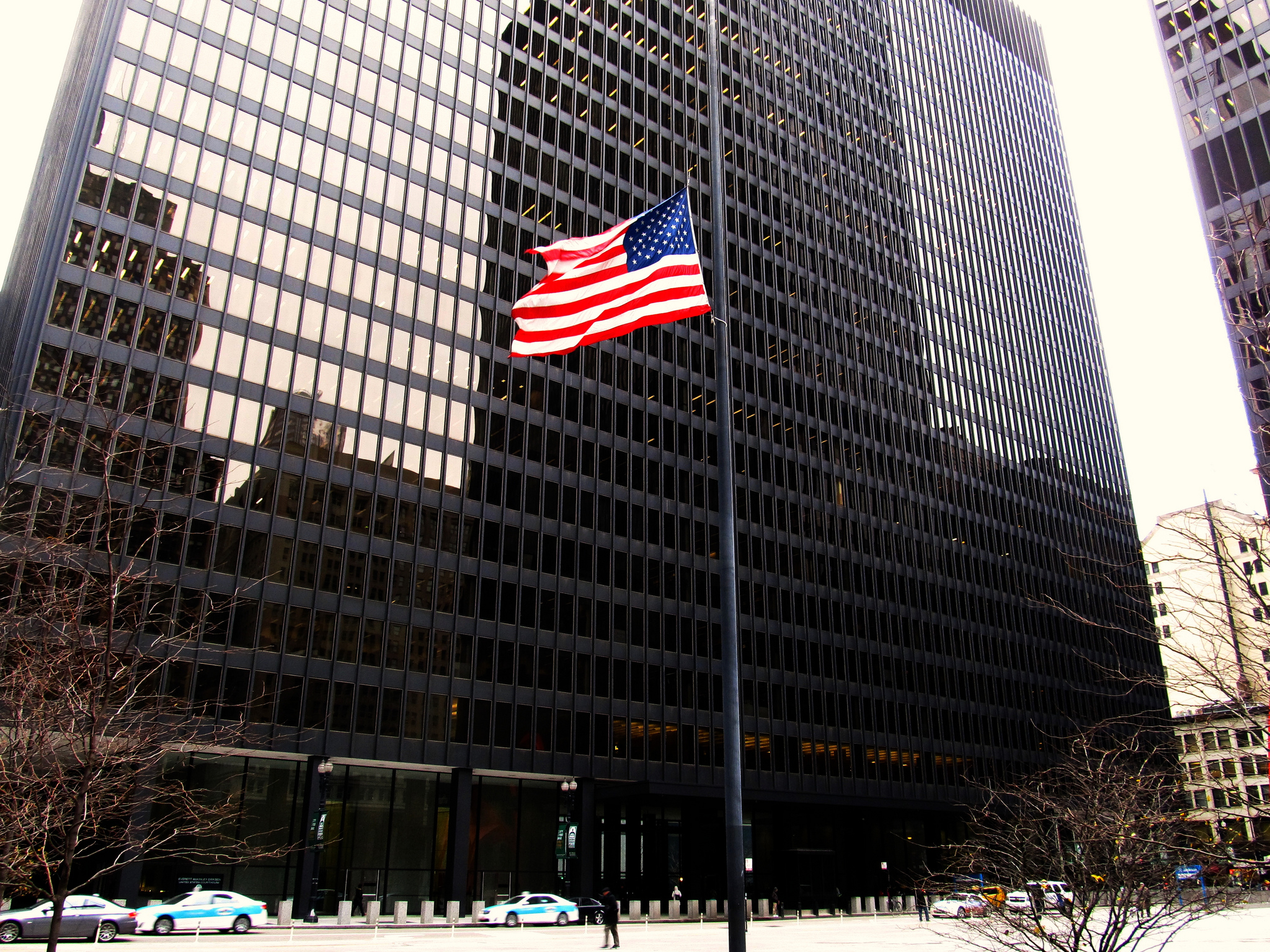By Professor Dan Tarlock
For the past few years, the United States environmental movement has been focused on promoting an effective national and international legal regime to curb greenhouse gas emissions. To date, regional and national self-interest have defeated these efforts. Ironically, one of the positive bi-products of this effort will create a new challenge for environmental politics and law. The push for climate change legislation has spurred new efforts to conserve energy and to switch to non-carbon sources of energy. This effort has traction at all levels of government and is likely to create a new boom in private and public infrastructure construction. New solar plants, wind farms, high speed rail lines contribute and other environmental projects will contribute to a more rational energy policy and better protection of our air, water and soil. But, environmental law is not well suited to deal with the possibility of a “green” public works movement. The reason relates back to the beginning of the environmental movement in the now mythic 60s.
Modern environmentalism is associated with the control of air and water pollution, the regulation of toxic substances and the conservation of biodiversity. However, the early movement was a reaction to the amount of concrete being poured by mission public works agencies. In the process of fighting highways, dams, runways and other public works, the environmental movement dethroned engineers from their status as the drivers of prosperity and social progress. The passage of the National Environmental Act in 1969 [NEPA] created the legal basis to object to all manner of federal activity through law suits arguing that environmental impact statements and lesser assessments were deficient. NEPA provided a necessary correction to the ability of mission agencies to ignore the social costs of their activities. But, it locked much of the environmental movement into a permanent negative mode.
The next wave of public works will require a different approach. Environmental impact analysis, which is entirely procedural rather than substantive, must be supplemented by new ways to plan public works to achieve two objectives: (1) the timely construction of these works and (2) the incorporation of effective environmental protection measures at all stages of the design and planning of these projects.
The German federal government’s recent plan for wind farms in the North Sea provides a useful example. In the United States, wind farms are a new addition to the list of NIMBYs. Wind farms are also controversial in Germany, but the German federal government has effectively zoned an area of the North Sea into permitted and prohibited wind farm areas as an extensive multi-ministry planning process. We have many mandated rational planning processes but they share a common deficiency: they usually do not produce binding substantive outcomes. Instead of insisting that new green public works address every possible environmental impact, we need processes that identify the major environmental problems and require siting and construction standards that address them to the maximum extent possible with the object of the project. In short, the environmental input should come at the front not the back end of the process.



Leave a Reply